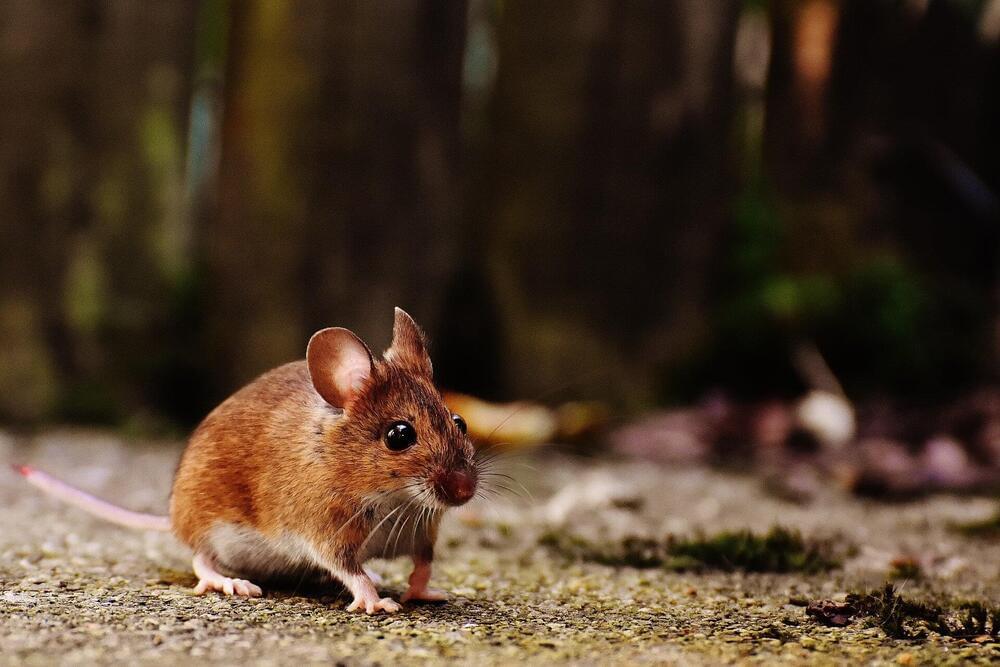Support The Channel: https://donorbox.org/supportaustraliansvstheagenda.
Merch: https://australiansvstheagenda.com.au/shop.
Facebook: https://m.facebook.com/AustraliansvsTheAgenda1
Instagram: https://www.instagram.com/australiansvstheagenda.
Personal Instagram: https://www.instagram.com/anthonykhallouf.
Twitter: https://mobile.twitter.com/ausvstheagenda.
Telegram: https://t.me/ausvstheagenda.
GaB: https://gab.com/AustraliansvsTheAgenda.
Rumble: https://rumble.com/australiansvstheagenda.
TikTok: http://www.tiktok.com/@australiansvstheagenda_
Parler: https://parler.com/user/ausvstheagenda






